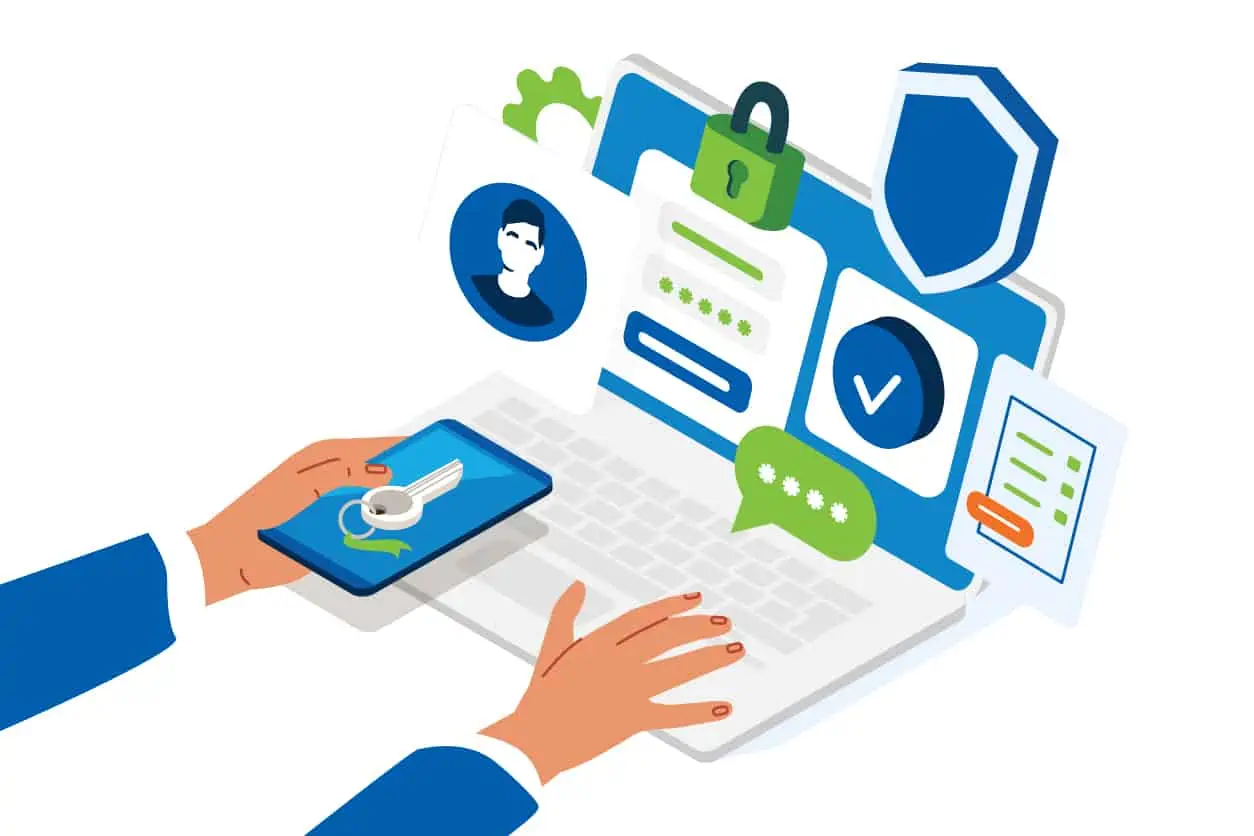Digital security has now become a major concern, as several consumers choose online platforms for shopping, banking, paying bills, and any other transaction. According to a recent survey report from Experian’s annual Global Identity & Fraud, the pandemic has persuaded consumers to move to the digital world. The report also revealed that consumers mostly prefer behavior-based and physical methods of security. Interestingly, it has also been disclosed that passwords are one of the top security methods to authenticate a customer’s identity. This trend has been new in the last 4 years.
The long-term pandemic has resulted in a sudden surge in digital activities, which is quite higher than anticipated. Researchers claim that the trend will not go away. But, the fraud rates are rising steadily, and thus, consumers are focusing more on security.
Businesses have felt the need to distinguish fraudsters from customers. Until they are suceessful they can risk their financial data and lose customer trust. Two out of three organizations have shown concern about fraud. Thus, they have thought of modernizing the authentication process.
The Experian® survey has covered over 9,000 consumers and 2,700+ companies during the COVID-19 waves. It has focused on consumers across 10 countries, including Latin America, North America, Asia, and Europe. Important findings from the annual fraud report have revealed that 34% of consumers are concerned about digital privacy during the post-pandemic period. Moreover, 44% of consumers like to have better protection of their bank account details and credit cards. 23% of them like to protect their personal data like address and date of birth. Again, 49% of consumers (below 40) have shown concerns about fraud cases. Interestingly, 48% of consumers have claimed that biometric security is safer for them.
Data security and trust of consumers
The way various customers interact with financial institutions and other companies can make and break the trust. In some cases, consumers use passwordless login to disclose personal data for a successful and efficient transaction. According to PYMNTS, The Passwordless Future, and Entersekt, the stronger security measures of financial institutions ensure better consumers’ perceptions. Entersekt has analyzed responses from 2,500+ U.S. consumers.
65% of consumers claimed high importance on data security had caused a considerable effect on their trust. Moreover, 60% of them had talked about the way of securing the transactions. Furthermore, 56% of consumers said that it is vital to have comprehensive data security along with privacy statements.
According to the latest report from PYMNTS, consumers highly prefer consistency in experiences across every platform. It is not less important than data security that affects their trust in financial institutions.
Today, password and username are the most commonly chosen authentication methods for consumers. More than 64% of consumers have said that they use this combination to avail online financial services at least once every month. But, more than 30% of consumers use their email addresses and personal identification numbers for accessing online financial services. However, some consumers also use their finger scan and mobile numbers for this purpose.
It is true that passwords are the easiest authentication and login method. Still, more than 40% of modern consumers like the login method that does not need any password. They also desire a method, which eliminates the need for using passwords. They are more comfortable with the alternative login methods.
Surveys on the password usage trends
Digital Guardian has surveyed 1000 consumers to know about password usage habits. It has also tried to know how often users apply the best practices to maintain their password hygiene. Moreover, Digital Guardian’s team has also tried to identify methods chosen by users to remember and manage different passwords.
According to Digital Guardian’s, 5 years ago, more than 80% of consumers felt secure with their password usage and management habits. 76% of consumers with the age group of 18 to 24 years like to reuse their passwords. 62% of seniors (age- more than 65 years) have the habit of reusing the passwords.
Digital Guardian has also delved deep into the number of password-protected accounts the consumers have. 30% of consumers say that it is less than 10, while 28% of consumers claim that the number is 11 to 25. The survey has disclosed the fact that several users like to update passwords regularly.
Users’ approach to remembering their passwords
Kaspersky surveyed how users like to remember their passwords. The survey revealed that 22% of consumers had the habit of writing passwords in a notepad. 11% of them used to choose sticky notes to write passwords. Some consumers also store passwords in web browsers. 10% of respondents of the survey used to choose computer files for storing passwords. Moreover, 4% of respondents would like to rely on online platforms to store passwords.
There are some other findings of Krebs on Security. According to Krebs, the safest way to secure passwords is to make a list of sites where consumers need to use passwords. Then, they can write their login names and choose unique and relevant clues. In most cases, when they cannot call up the passwords, the website sends an email to create a new password. Krebs has also claimed that apps designed for managing passwords are also useful. There are some local apps, which have no cloud storage. Users can store their passwords in those apps.

